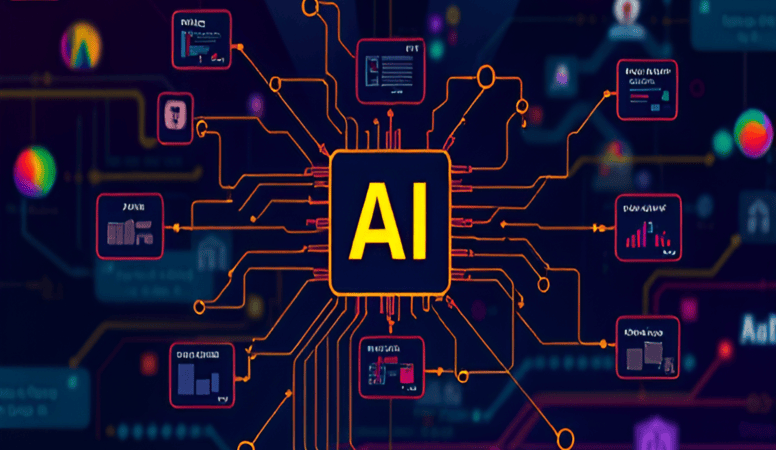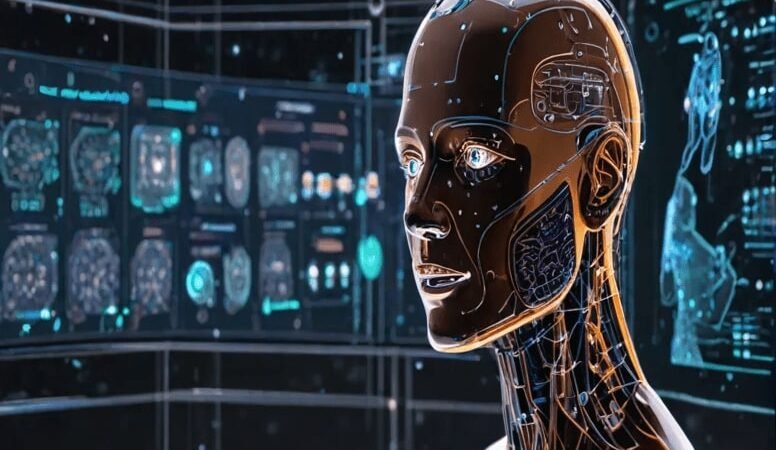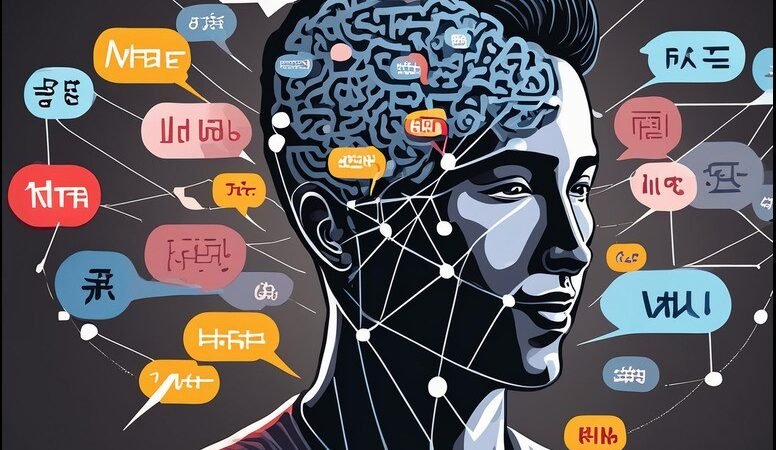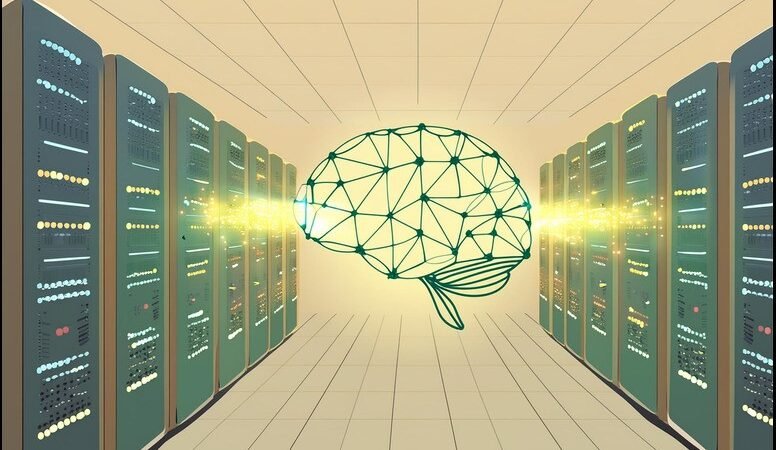Artificial Intelligence (AI), Machine Learning (ML), and Deep Learning (DL) are buzzwords often used interchangeably. However, they have distinct meanings and applications. Understanding their differences is essential to grasp how modern technology is evolving and influencing various industries. In this article, we will break down the core concepts, key differences, real-world applications, and future potential of AI, ML, and DL.
What is Artificial Intelligence (AI)?
Artificial Intelligence (AI) is the broadest concept of the three. AI is about creating machines or systems that can perform tasks that usually require human intelligence. These tasks include things like problem-solving, understanding language, recognizing images, and making decisions.
Example: A robot vacuum that can move around your house and clean without you having to guide it is using AI. It senses the space, makes decisions, and works autonomously.
What is Machine Learning (ML)?
Machine Learning (ML) is a subset of AI. It focuses on building systems that learn from data. Rather than being programmed with specific instructions, an ML system learns from patterns in data and improves its performance over time.
Example: A spam filter in your email uses ML. It learns which emails are spam by looking at patterns in the messages you mark as spam. Over time, the filter gets better at detecting spam emails.
What is Deep Learning (DL)?
Deep Learning (DL) is a subset of Machine Learning. It uses large amounts of data and powerful computers to simulate the way the human brain works. Deep learning models consist of many layers of algorithms (hence “deep”) that learn from vast amounts of data, making them very powerful for complex tasks.
Example: When you use voice assistants like Siri or Alexa, they use deep learning to understand your voice. They learn to recognize different accents, tones, and phrases over time, getting better at understanding you.
Key Differences between AI, ML, and DL
Definition: AI is the overarching concept of machines mimicking human intelligence. ML is a subset of AI focused on learning from data. DL is a subset of ML that uses neural networks with multiple layers.
Data Requirements: ML algorithms can work with small to medium-sized datasets. DL algorithms require large amounts of data to train effectively.
Feature Engineering: ML often requires manual feature engineering, where humans select and extract relevant features from the data. DL models can automatically extract relevant features, reducing the need for manual intervention.
Complexity: ML algorithms typically have a simpler structure compared to DL models. DL models use complex neural networks with multiple layers.
Human Intervention: Basic ML models may require human intervention to adjust inaccurate predictions. DL models can often determine the accuracy of predictions through their neural networks without human help.
Problem-Solving: ML uses statistics and mathematics to solve problems. DL combines these with neural network architectures.
How AI, ML, and DL Work Together
AI is the umbrella term; ML falls under AI, and DL is a more advanced subset of ML. While AI includes rule-based systems and robotics, ML focuses on data-driven learning, and DL enhances ML by enabling automatic feature extraction and hierarchical learning.
Conclusion
AI, ML, and DL are transforming the world as we know it. While AI represents the broader field, ML and DL are specialized branches enhancing its capabilities. As technology advances, its impact will continue to grow, making our lives smarter and more efficient.








